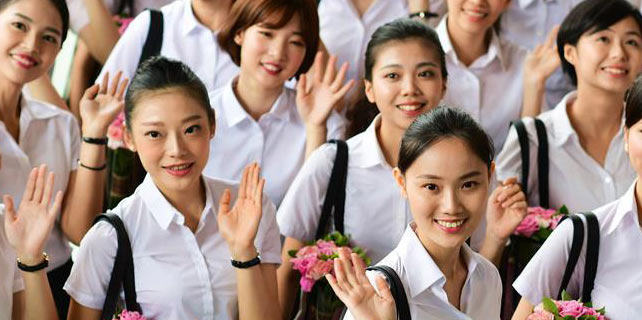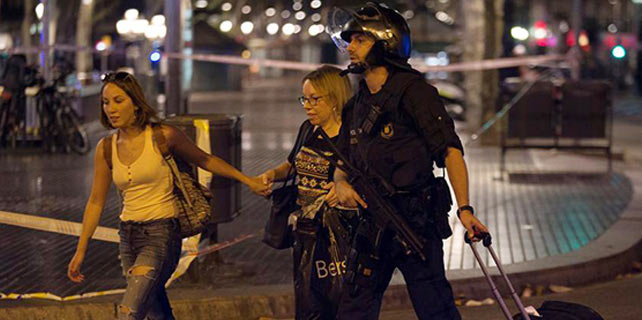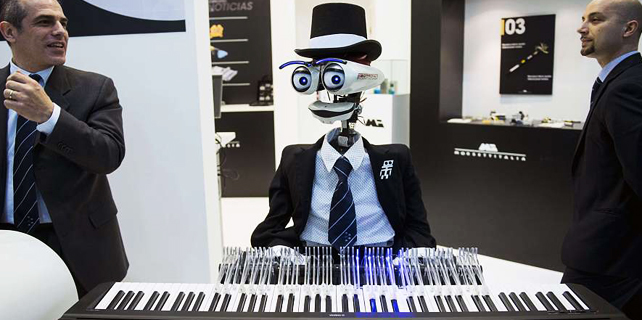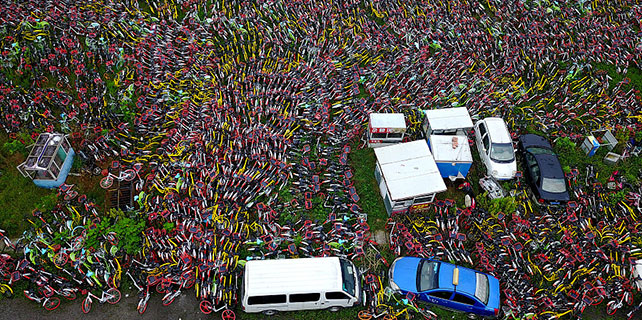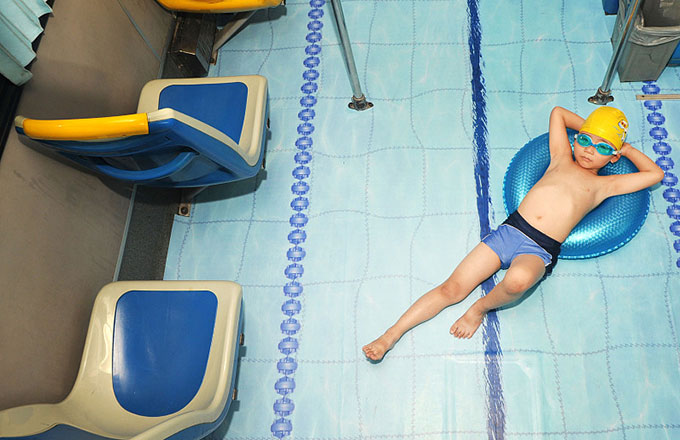Ancient letters by artists on display at museum
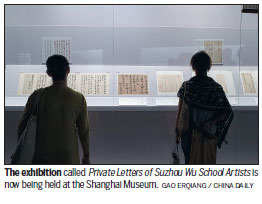
Art buffs can now get a glimpse into the lives of famous literati from the Ming Dynasty (1368-1644) through handwritten correspondences that are being displayed at an ongoing exhibition at the Shanghai Museum.
Called Private Letters of Suzhou Wu School Artists, the exhibition opened on Aug 3 and will run till Oct 22.
Yang Zhigang, director of the museum, said at the opening ceremony that these handwritten letters left behind by artists of the Wu school are especially outstanding in terms of quantity and quality. "Wu" was the ancient name for Suzhou and its neighboring area during the Ming Dynasty. A large number of outstanding artists emerged from this area during those ancient times.
The museum's curator Sun Danyan has selected 49 letters, which are "valuable both as historical records and calligraphy samples" for the exhibition. Most of them have never been shown to the public before.
The prestigious nature of the Wu school was related to the rapid economic development of Suzhou, explained Sun. She also noted that members of the literati circle in Suzhou were connected in a wide social network.
Some scholars from Suzhou managed to land themselves in high positions in the government. High-ranking officials such as Wang Ao and Wu Kuan played a major part in introducing works of art by Wu school in Beijing. The influence then spread further to the whole country, bringing the art to national prominence.
In the history of Chinese art, calligraphy works during those ancient times were composed of private letters, Yang said.
"These works are small and exquisite, like feathers falling from a bird flying through, representing the precious light of dawn in Chinese calligraphy history," he said.
The artists featured in the exhibition are among the most prominent of their age and were acclaimed for their calligraphy, paintings and literary achievements. However, letters on display were written when they were in their most relaxed state and contain intimate messages to their loved ones.
"You will catch a glimpse of their true personalities and unfeigned handwriting style," Sun said. "For example, Wen Zhengming (1470-1559) was conservative and his handwriting featured a consistent style, with the characters well composed on the page."
Besides works of calligraphy and paintings, these letters provide precious insight into how these artists from the Wu school went about living their lives and creating art, their circle of friends, and even their fashion sense.
Among the exhibits are written invitations, complaints of family debt, as well as documents about gifts exchanged between friends. To help visitors better understand these handwritten correspondences, the Shanghai Museum has put up the modern Chinese translations of each letter.
zhangkun@chinadaily.com.cn







